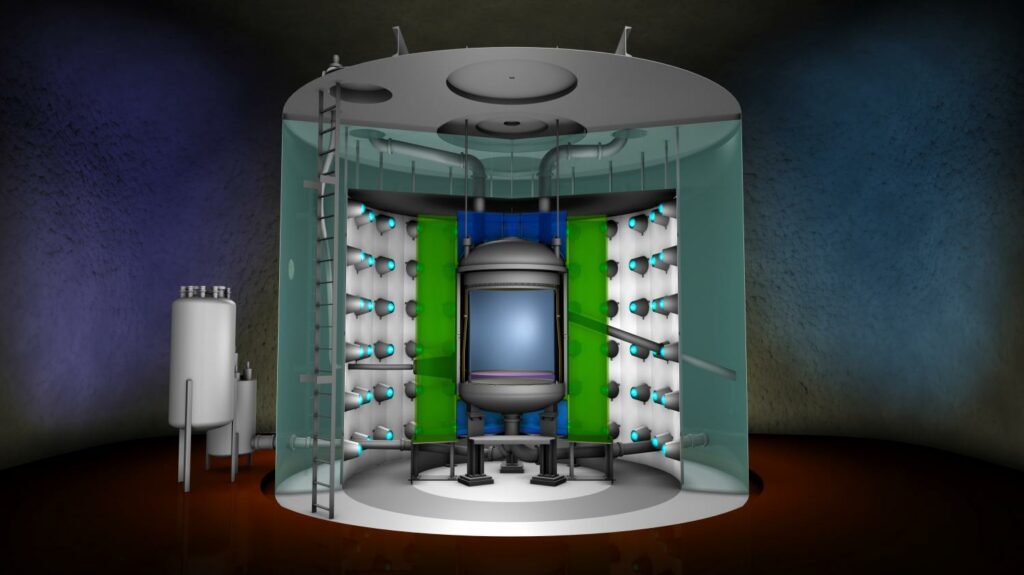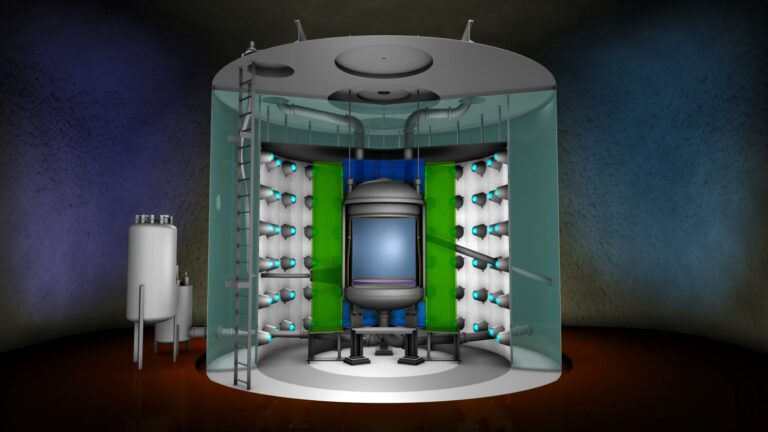Exploring Dark Matter with LUX-ZEPLIN: A Video Overview

Researchers at the Department of Energy’s SLAC National Accelerator Laboratory are embarking on a mission to unravel one of physics’ most significant enigmas: the nature of dark matter. This unseen substance constitutes 85 percent of all matter in the universe yet eludes detection even with our most advanced scientific instruments.
The prevailing hypothesis posits that dark matter is composed of elusive particles that seldom interact with their surroundings. Consequently, billions of these dark matter particles could traverse through our bodies every second, virtually unnoticed. The primary contenders for dark matter particles are WIMPs, or weakly interacting massive particles. SLAC is actively contributing to the construction and testing of one of the largest and most sensitive detectors ever devised to capture a WIMP—the LUX-ZEPLIN or LZ detector. The accompanying video provides an explanation of its functionality.
This article is republished from PhysORG under a Creative Commons license. Read the original article.
Do not forget to share your opinion with us to provide you with the best posts !





0 Comments